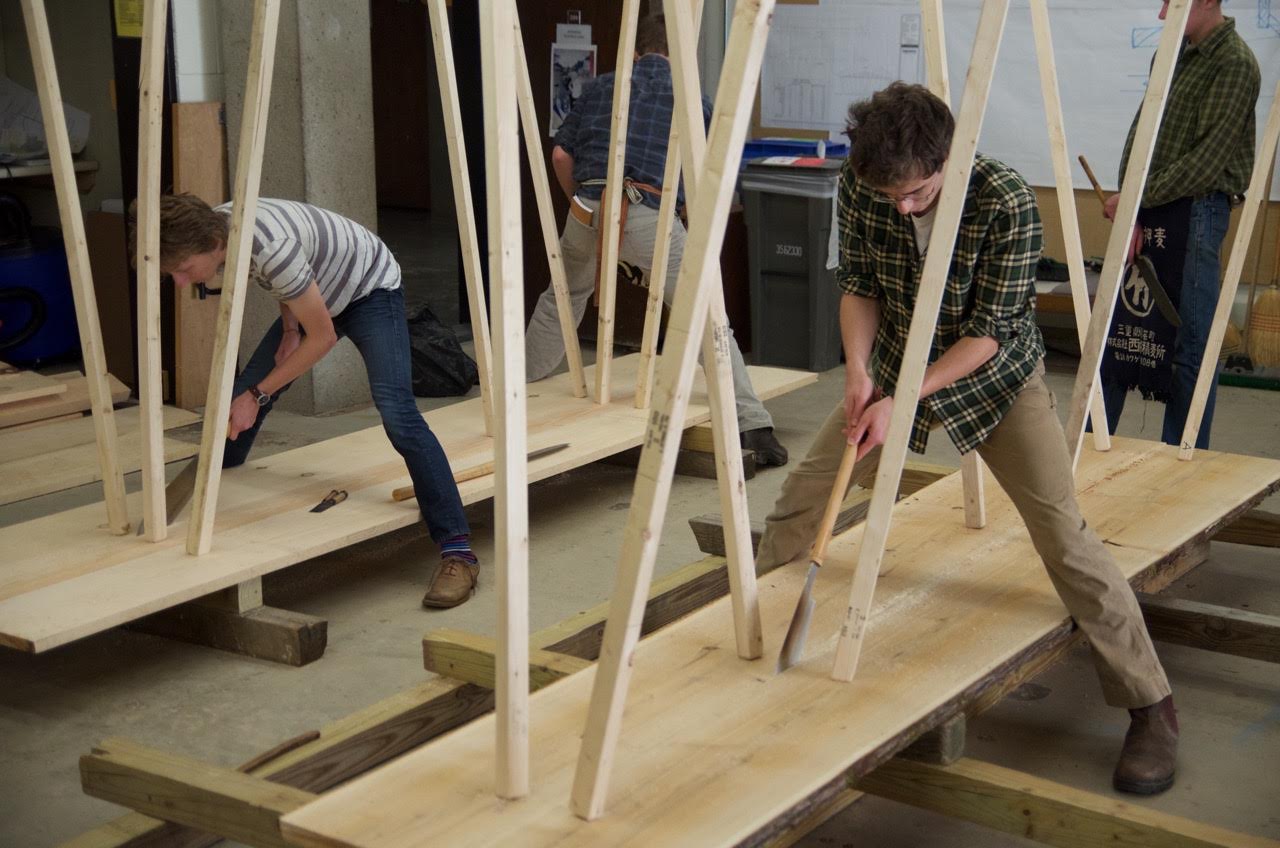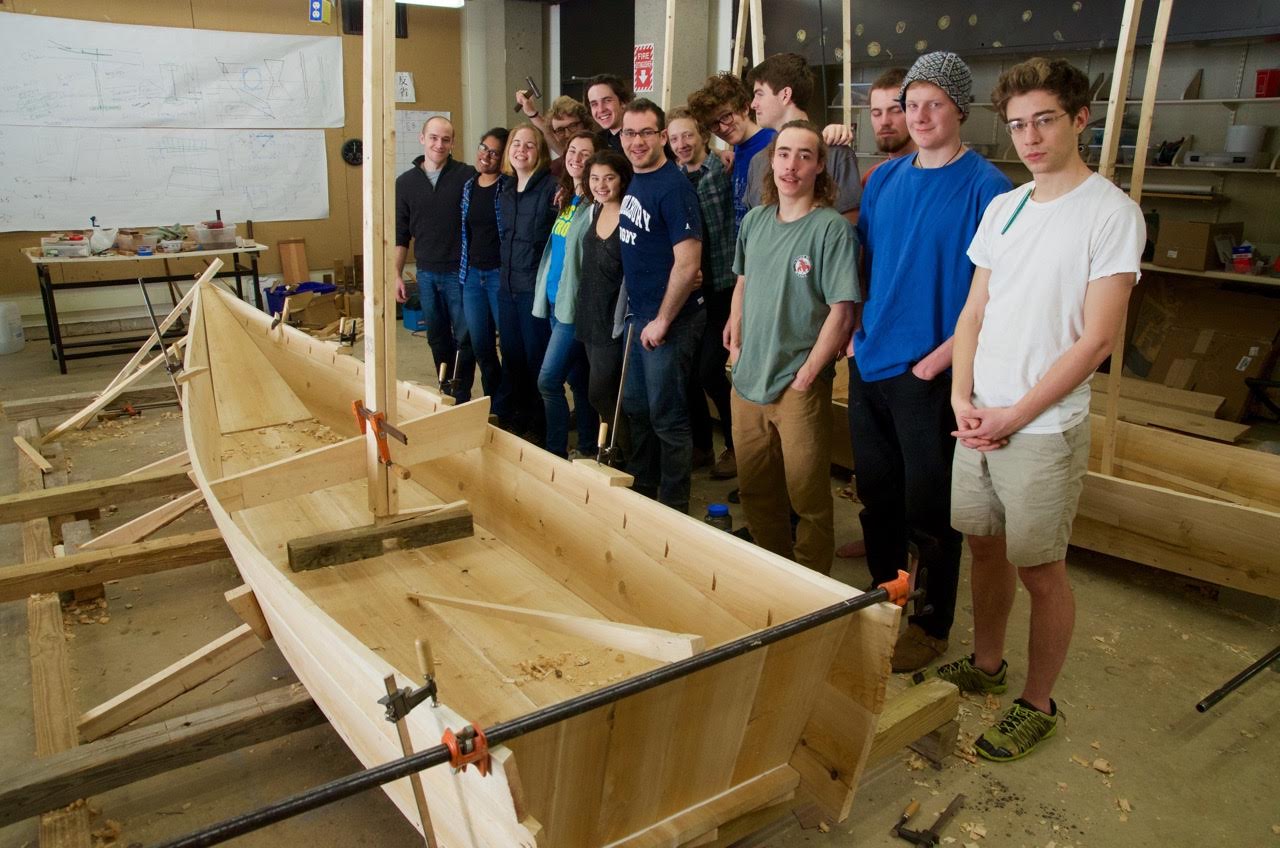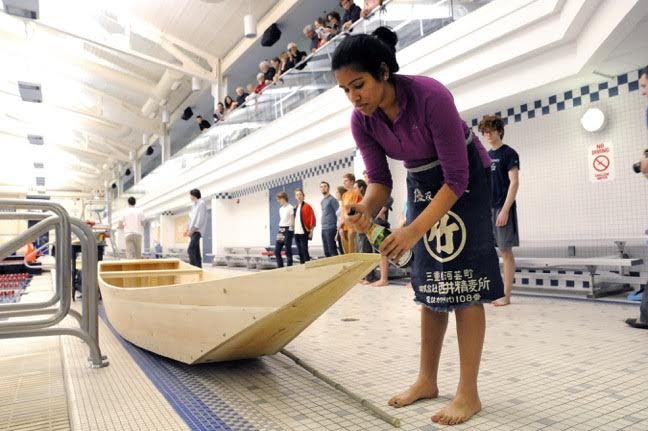Middlebury College Winter Term 2015

In 2015 I taught my second Winter Term course at Middlebury College, my inaugural class entitled "Building the Japanese Boat." In this course I led fifteen students in the construction of two river boats: a 22-foot boat from the Kesen River in Iwate Prefecture and a 16-foot ayubune from the Hozu River near Kyoto. This course introduces students to the tenets and principles of apprentice learning through readings, lectures, and discussions, by building a traditional Japanese boat. The course meets four days a week for one month. I do not require students to have any prior woodworking experience. Students keep a journal which I periodically review and write a final paper for the class. I grade them on their comportment as apprentices in the workshop and the quality of their final papers.
I have chosen to build river boats because these designs are more straightforward and therefore more practical given the short time frame and the students lack of woodworking experience. Most of my students have never done any woodworking whatsoever, but by the end of the class they know how to sharpen hand tools, adjust and tune planes and chisels, and have mastered using specific Japanese boatbuilding tools like the tsubanomi and boatbuilding saws.
The course ends with a Shinto launching in the College swimming pool. Outdoor temperatures are typically well below freezing.

I blogged about the project here: http://blog.douglasbrooksboatbuilding.com/2015/02/building-japanese-boats-at-middlebury.html

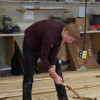

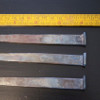












© Copyright Douglas Brooks, 2007 - 2018. All rights reserved

